According to the US Centers for Disease Control and Prevention (CDC), nearly half of people with high blood pressure do not know they have the disease.
High blood pressure, left uncontrolled, can be dangerous because it increases the risk of heart attack and stroke.
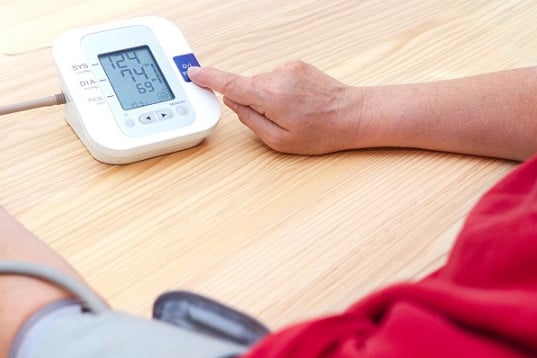
It is best to measure blood pressure twice a day, once in the morning and once in the late afternoon or early evening.
Who should check blood pressure at home?
The American Heart Association (AHA) recommends that all patients with high blood pressure check their blood pressure regularly at home and share the results with their doctor.
Dr. Giv Heidari-Bateni, cardiologist, Director of the Hypertension Center at the Heart Institute, Loma Linda University (USA), said: Patients with high blood pressure who regularly check their blood pressure at home and share the results with their doctor will help the doctor determine when to treat with medication or whether the dosage of medication is sufficient.
People at risk for high blood pressure, especially those who are overweight or have a family history of high blood pressure, should check their blood pressure at home regularly. Blood pressure checks can begin as early as age 18 and should be done more frequently after age 40, Dr. Heidari-Bateni advises.
Additionally, some patients may have high blood pressure in the doctor's office due to anxiety or stress, but normal blood pressure when measured at home. If they suspect this, they should check their blood pressure at home to be sure they do not have the condition, said Dr. Claire Sullivan, a cardiologist at the Heart Hospital at Case Western University School of Medicine in Cleveland.

High blood pressure, left uncontrolled, can be dangerous because it increases the risk of heart attack and stroke.
Checking Blood Pressure at Home: When Should You Measure It?
The AHA recommends checking your blood pressure daily. It's best to do it twice a day, once in the morning and once in the late afternoon or early evening, says Dr. Maureen Wang, a cardiologist at Brooklyn Health System.
To be accurate, Dr. Sullivan advises: Avoid measuring immediately after exercise, after eating, drinking tea, coffee or smoking, or after experiencing stress. Measure blood pressure in a calm state.
How to get accurate results?
To get an accurate blood pressure reading, the AHA recommends the following steps:
Sit still . Urinate before taking the measurement and sit quietly for at least 5 minutes before starting the measurement. Do not shake or jiggle your leg. Do not talk during the measurement.
Correct posture. Sit up straight, leaning back in your chair. Sit on a dining room chair instead of a sofa. Keep both feet flat on the floor and do not cross your legs. Rest your arms on the table.
Place the cuff correctly . Hold your arm at heart level, placing the cuff above your elbow. Do not wrap the cuff around your clothing as this may affect the measurement. Take the measurement as directed.
Stick to a schedule . Check your blood pressure at the same time every day.
Measure multiple times . Each time you check your blood pressure, take at least two readings, 1 to 2 minutes apart. If the two readings are close together, they're accurate, says Dr. Heidari-Bateni. If they're very different, wait a few more minutes and retake the reading.
Write down your results and tell your doctor when you go for a check-up. If you notice any unusual results or if your blood pressure is high, contact your doctor.
Dr. Sullivan noted: Most importantly, patients should not stop taking the medication on their own.
Source link





![[Photo] Overcoming all difficulties, speeding up construction progress of Hoa Binh Hydropower Plant Expansion Project](https://vstatic.vietnam.vn/vietnam/resource/IMAGE/2025/4/12/bff04b551e98484c84d74c8faa3526e0)

![[Photo] Closing of the 11th Conference of the 13th Central Committee of the Communist Party of Vietnam](https://vstatic.vietnam.vn/vietnam/resource/IMAGE/2025/4/12/114b57fe6e9b4814a5ddfacf6dfe5b7f)





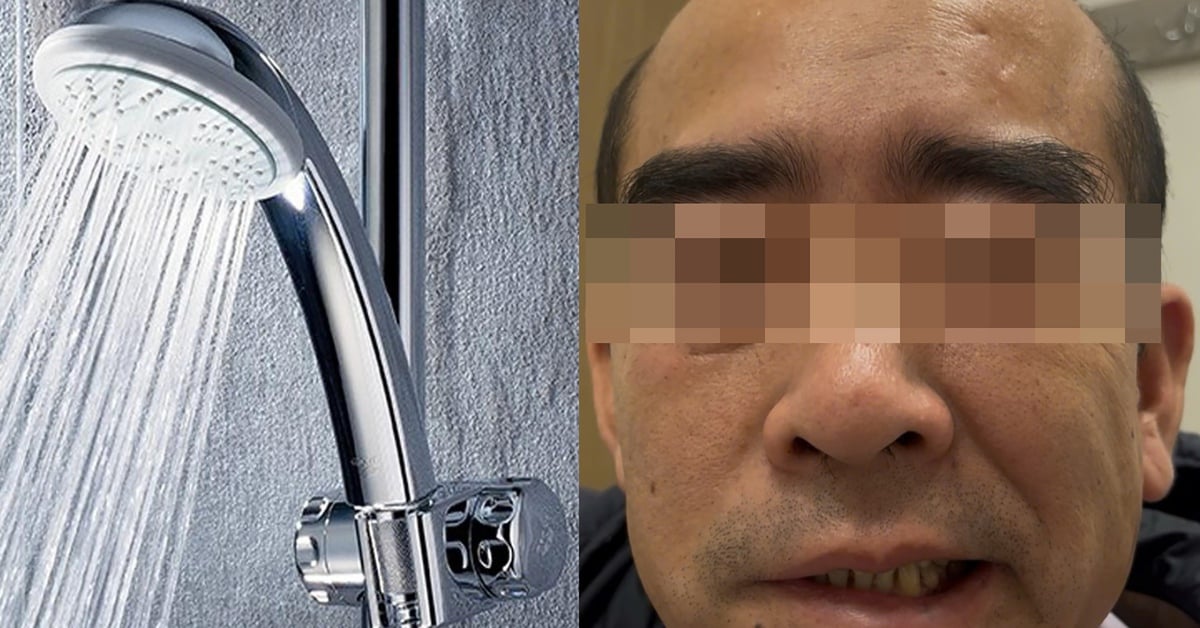



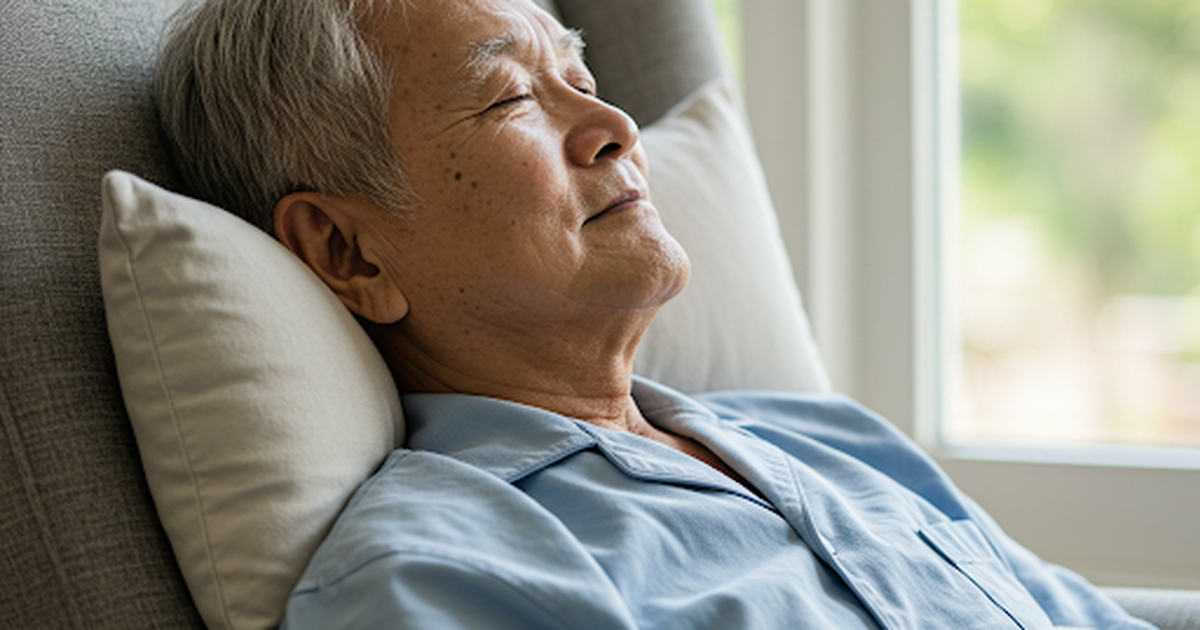



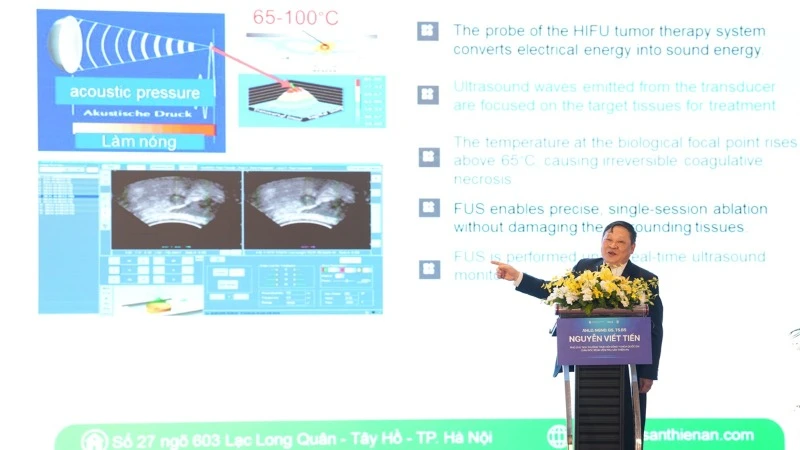
![[Video] First time in Vietnam: Successful implantation of 3rd generation partial artificial heart](https://vstatic.vietnam.vn/vietnam/resource/IMAGE/2025/4/12/8817412224094c68ba2c744b7bd5cfea)








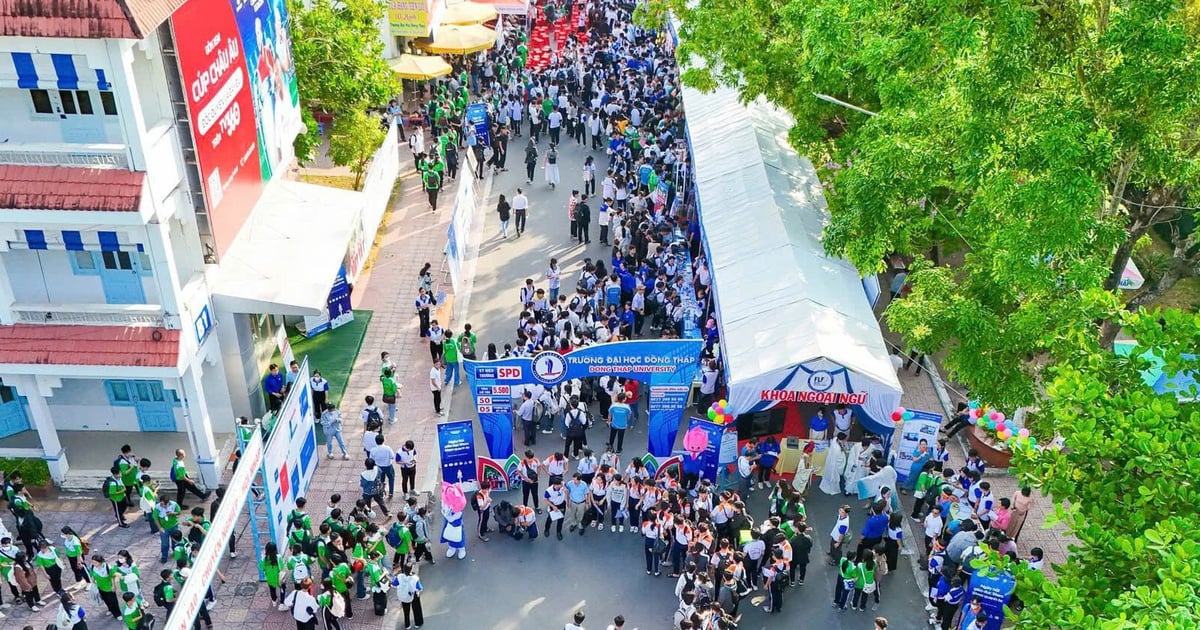



















































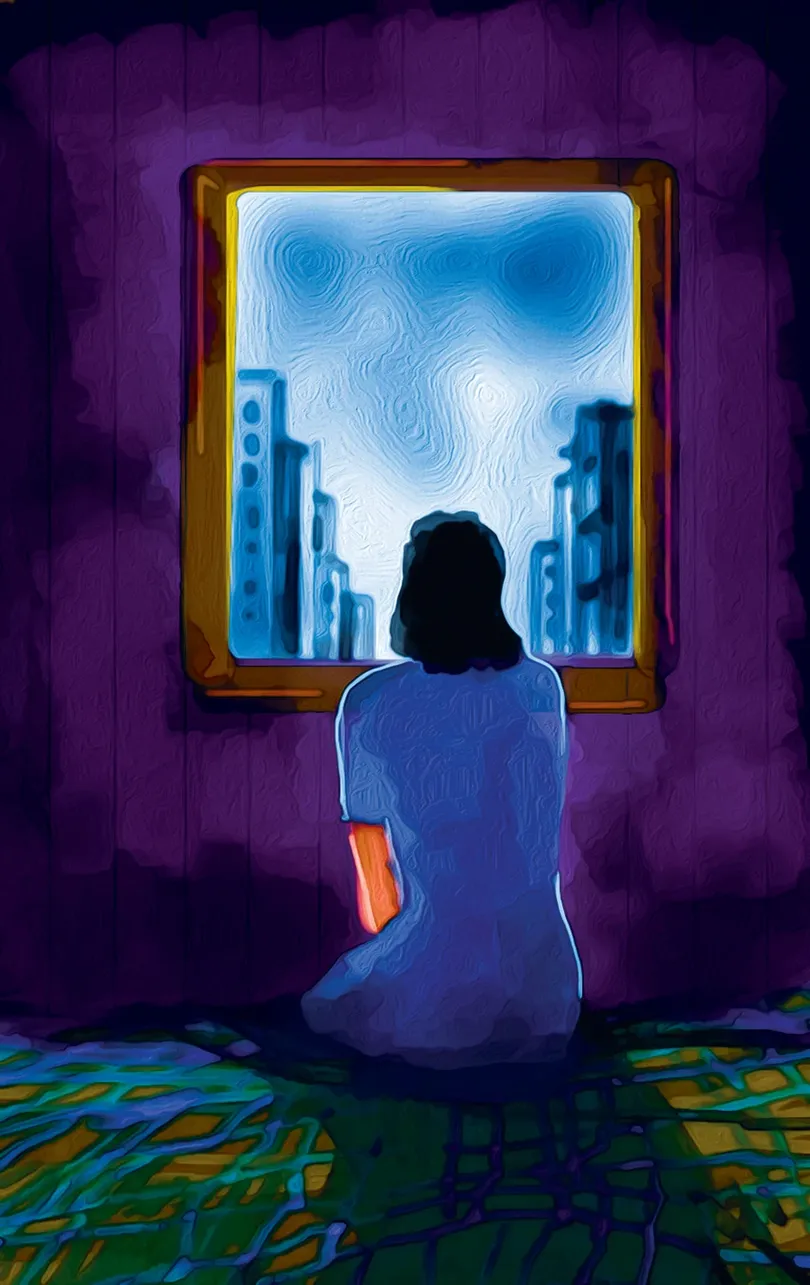











Comment (0)